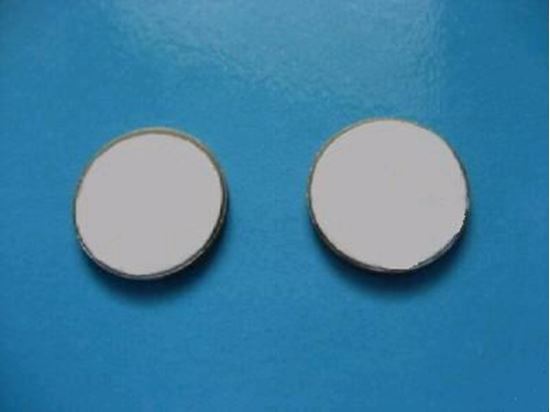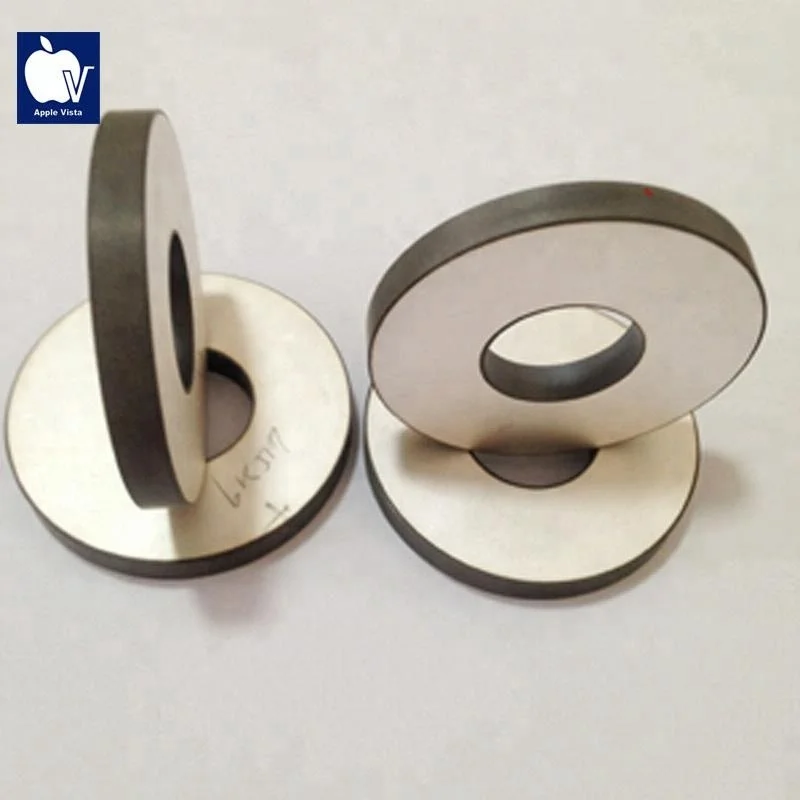
Really the most basic of piezoelectric elements, piezo disks are just thin, usually round disks of brass or stainless steel, on which is glued a ceramic disk. They are used as buzzers and small speakers in a wide range of household products, such as alarm clocks, microwave ovens and more. So as you can see, for such a simple little device, piezos are really quite versatile and useful.Īs mentioned above, piezo disks are the most commonly seen type of piezo element.

This current, when wired into a guitar amplifier, is magnified and reproduced on a speaker in the form recognizable to the human ear as being an amplification of the acoustic instrument. However, if no outside current is supplied and instead the piezo is subjected to changes in pressure (such as by the vibrations of guitar strings), then the interaction of the metal and ceramic actually creates a small amount of electrical current. This property allows them to be used as buzzers and simple speakers. The interaction between the ceramic and the metal works in two ways: if outside electrical current is supplied, then the piezo will produce sounds. Piezoelectric elements, whatever the type, are based around layered ceramic wafers and conductive metal. Gitty Crafter Supply.įirst, a little bit of piezo basics. This article delves into the differences between disk and rod-style piezos, and takes a close look at how rod piezos are put together.ĭon’t forget that you can find all sorts of great rod and disk piezos in various sizes and configurations (and at great prices!) over at C. While disk piezos are perhaps more prevalent, because they tend to be cheaper and easier to find, many builders feel that the rod-style piezos offer superior sound and tonal quality.


When looking at the use of piezo elements as pickups in acoustic instruments, and specifically in cigar box guitars, there are two main types that get used – disk-style piezos, and rod-style piezos


 0 kommentar(er)
0 kommentar(er)
